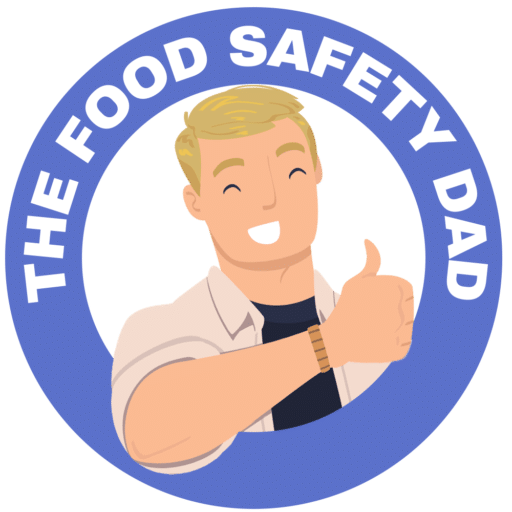Whether you’re a tuna salad fanatic or a once-in-a-while sandwich maker, knowing how to store your food safely is key to keeping your family healthy and your meals delicious. So, let’s open the can on this topic and find out what’s what!
Firstly, we all know canned tuna is a pantry staple in many households. It’s affordable, versatile, and packed with protein. But once you’ve popped the seal on that can, the clock starts ticking on its freshness and safety. So let’s reel in the facts and understand how to best preserve your catch from the can to the fridge.
When you open a can of tuna, you’re breaking the seal that keeps the contents fresh. Unopened, canned tuna can last a long time thanks to the sterilization process it goes through during production. But once it’s opened, it’s exposed to air and potential contaminants, which shortens its shelf life significantly.
According to the U.S. Department of Agriculture (USDA), opened canned tuna should be good for consumption for up to 3 to 4 days when stored properly in the refrigerator at or below 40°F (4°C). This recommendation is echoed by the Food and Drug Administration (FDA), which also emphasizes the importance of refrigeration for food safety.
However, these timelines can be affected by a variety of factors:
Here are some tips to ensure your opened canned tuna stays fresh and safe to eat:
It’s crucial to recognize when your tuna may have overstayed its welcome in your fridge. Here are some signs that your opened canned tuna has gone bad:
Eating spoiled tuna can pose health risks, such as food poisoning. Symptoms can include nausea, vomiting, diarrhea, and abdominal cramps. In severe cases, it can lead to more serious health issues, particularly for vulnerable populations like young children, pregnant women, the elderly, and those with weakened immune systems.


